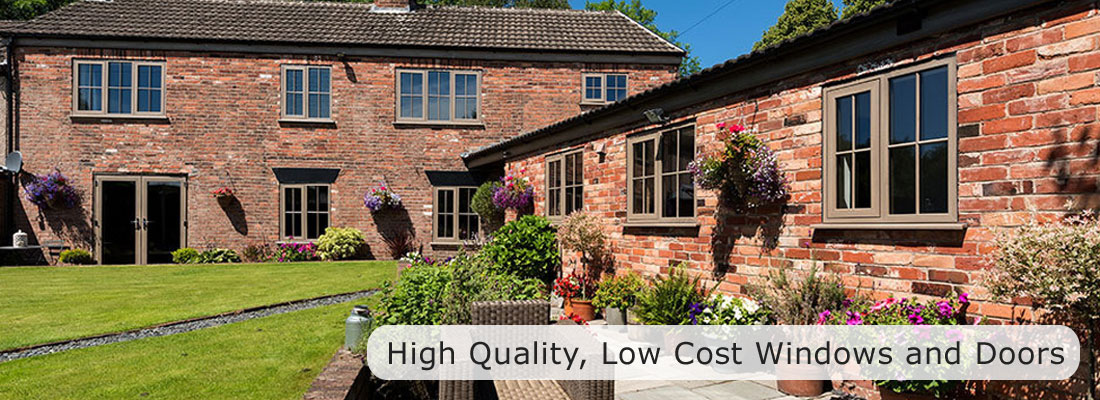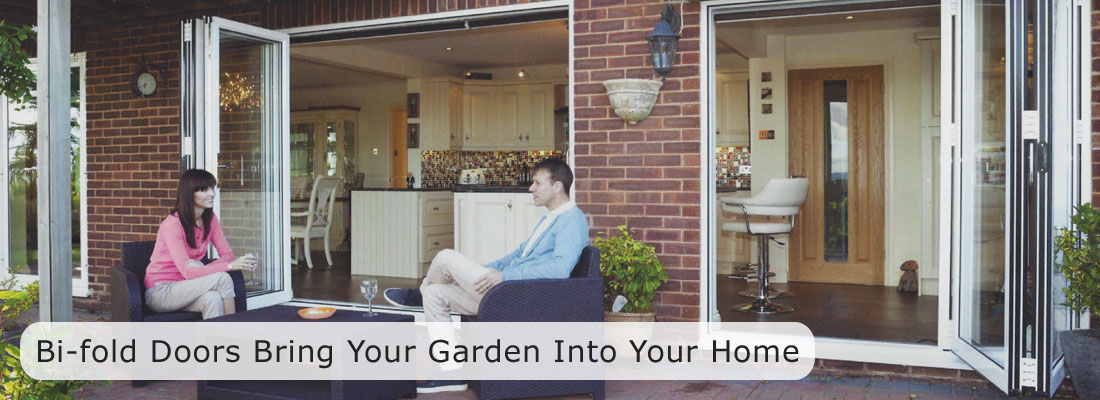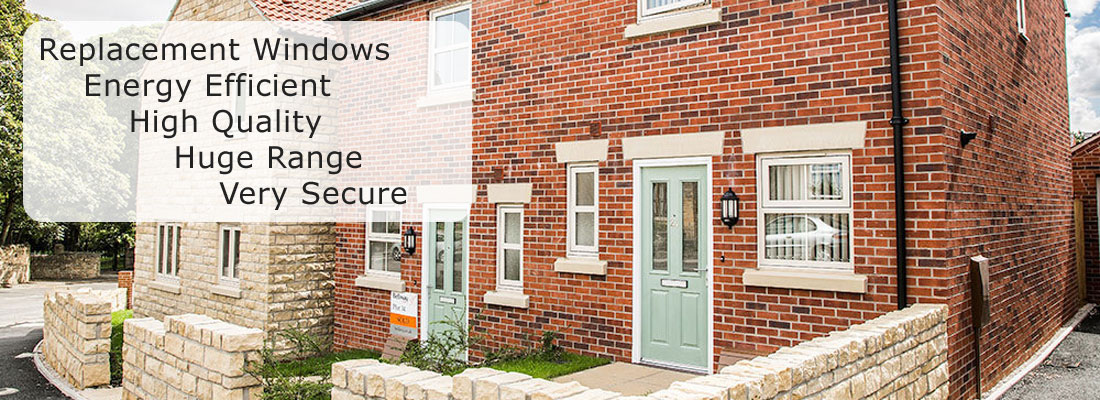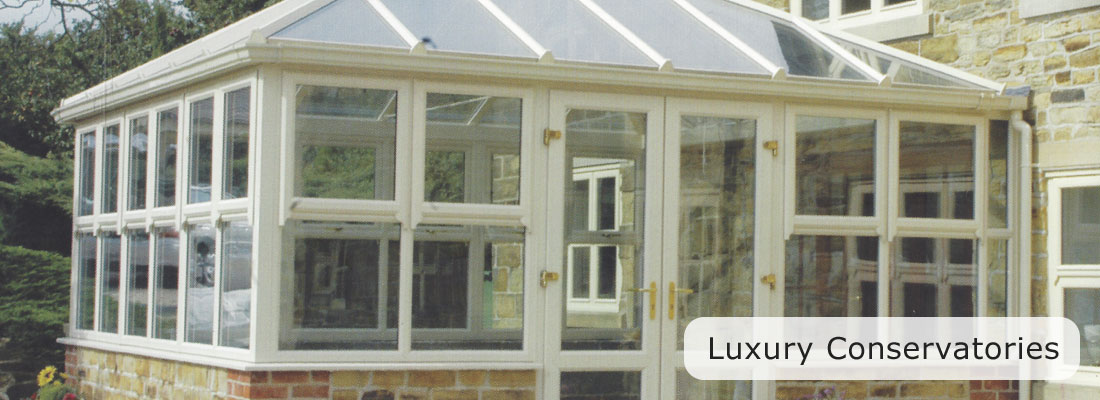Beds: 01462 290 188




Smart Windows Save Energy and Money
With the cost of energy going through the roof at present, any means of saving energy is very welcome. Sadly, the advice can range from sound, to completely impractical and sometimes even ridiculous.
Some energy providers have been giving tips on how to conserve energy, thus reducing one's energy bill. One particular energy provider came in for a good deal of criticism when they advised customers to cuddle their pets to keep warm. Such advice was seen as unhelpful and some even claimed the company was showing utter contempt for the plight of the consumer.
Short term fixes can be quite useful and can save a few pounds and some discomfort throughout the colder months, but many fear a longer term, more permanent solution to the current energy crisis is well overdue, as matters could continue for some time, or even worsen.
Enter the smart window!
Smart windows, or smart glass is glass where the light transmission properties can be altered when voltage, heat or light is applied.
The application of one of these factors can change the glass from a transparent to a translucent state, and back again when required. It may sometimes be referred to as switchable glass or windows.
The idea behind the smart window is to enable the glass to block some or all of the light wavelengths from getting through, to allowing the light to flood in easily.
Smart glass can be constructed by lamination with a smart film or switchable film, often using either glass, acrylic or polycarbonate laminates.
Some types of smart films can also be used to convert regular windows into smart glass either using a self-adhesive smart film or special glue.
Applications for the smart window
In many films and television shows, we have seen clear glass suddenly switch to opaque. Top secret briefing rooms inside the MI6 building and other such sensitive areas have smart glass or windows fitted.
They are so cool that many believed that it was pure science fiction and that glass couldn't switch from clear to opaque in the blink of the eye, at least not in the real world, but how wrong they would be!
Smart glass and windows are a reality and the technology that makes it a reality is evolving and improving all the time.
Clearly, top secret briefing rooms are not something the general public have in their homes, but can you imagine how such smart glass could benefit the domestic consumer?
Smart glass for a shower screen that can switch between transparent and opaque as well as smart windows that can not only block out the glare of the sun when required, but stop prying eyes from seeing in too.
Smart windows: More than just a gimmick
Smart window design could keep houses warm throughout the winter and cool in the baking hot summer months.
Not only could a new smart window have the ability to harvest the Sun's energy in winter and warm the building and reflect it in summer to keep them cool, but it could eliminate the need for separate window coverings too. How smart is that?
Some other uses for the smart window technology could be to be able to switch clear glass to opaque on a toilet door when the door is shut, offering privacy and this could extend to hospital bed surrounds too. A smart glass surround in a hospital environment would be better to prevent transmission of disease and would also cut down on the amount of dust that can cling to traditional curtains.
This is a really exciting development for those who suffer from severe dust allergies, as traditional blinds and curtains can harbour so much dust and pollen from open windows, that the lives of those living there can be made an absolute misery.
This would be a benefit that could easily apply to any domestic setting too. Curtains and particularly venetian blinds are a very effective dust magnet.
Save energy and money with smart window glass
So, let's move away from the security or privacy applications of smart glass for a time and move onto the more energy saving properties. The latest research has suggested that windows which can switch between absorbing and reflecting certain wavelengths of light could reduce annual household energy use by 20-34%.
Maintaining certain levels of indoor temperatures consume massive amounts of energy, accounting for 20-40% of the national energy budgets in many developed countries.
The same research has shown that these windows can change according to seasonal needs, which has the potential to save vast sums of energy and also money for the consumer too.
The smart windows absorb near-infrared light from the Sun in the winter and turn it into heat for the inside of a building. During the summer months, the sun can be reflected instead of absorbed. Clearly the former is fantastic on those cold days, but when we are flagging in the heat of the summer, keeping the house cooler will be equally welcome.
How does this smart glass work?
The film inside these windows is made up of an 'optical stack' of materials less than 300 nanometres thick, with a very thin active layer made of phase change materials that can absorb the invisible wavelengths of the Sun's light and emit it as heat. That same material can be switched so that it turns those wavelengths of light away instead.
Better still, visible light is transmitted almost identically in both states, so you wouldn't notice the change in the window. This consideration is considered very important for the adoption of green technologies.
The material can be adjusted to simultaneously absorb and reflect different levels of the near-infrared rays, allowing for more precise temperature control.
The research has estimated that using windows based on this latest technology, including the energy required to control the film, would save 20-34% in household energy use each year, compared to homes using the more common double-glazed windows.
Domestic applications and innovations
The privacy applications mentioned above sound pretty cool, as do the potential elimination of dust catching window coverings, but like everything, once the technology is in place, the applications for it begin to evolve too.
New and exciting colours are starting to appear in the latest generations of smart glass and smart films. These include low haze and colours that include milky white, grey, and blue and as time goes on, more shades and colours, possibly even patterns will begin to emerge.
Other types of smart glass and windows
Suspended-particle devices
In suspended-particle devices (SPDs), a thin film laminate of rod-like nano-scale particles are suspended in a liquid and placed between two pieces of glass or plastic, or attached to one layer. When no voltage is applied, the suspended particles are randomly organized, thus blocking and absorbing light. When voltage is applied, the suspended particles align and let light pass. Varying the voltage of the film varies the orientation of the suspended particles, thereby regulating the tint of the glazing and the amount of light transmitted. SPDs can be manually or automatically "tuned" to precisely control the amount of light, glare and heat passing through.
Micro-blinds
Micro-blinds control the amount of light passing through in response to applied voltage. The micro-blinds are composed of rolled thin metal blinds on glass. They are very small and thus practically invisible to the eye. The metal layer is deposited by magnetron sputtering and patterned by laser or lithography process.
The glass substrate includes a thin layer of a transparent conducting oxide (TCO) layer. A thin insulator is deposited between the rolled metal layer and the TCO layer for electrical disconnection. With no applied voltage, the micro-blinds are rolled and let light pass through. When there is a potential difference between the rolled metal layer and the transparent conductive layer, the electric field formed between the two electrodes causes the rolled micro-blinds to stretch out and thus block light. The micro-blinds have several advantages including switching speed, which is measured in milliseconds, UV durability, customized appearance and transmission.
Watch this space for innovations to smart windows
As time goes by and technology advances, we are likely to see some really exciting developments in the area of smart glass and smart windows.
Any development in glass or window technology that can save energy and money for the consumer is eagerly awaited, as we cannot go on taking the rising prices in energy on the chin indefinitely.
Also, anything that can reduce the consumption of energy, regardless of its source, has to be a good thing. With global warming, the more that can be done to protect our planet, the better, so watch this space!
Other Articles on UPVC windows and doors
Quality Double Glazing to Beat the Energy Price Rise
Good quality double glazing can not only save you money on your energy bills, but it could literally save you from freezing in your own home. Although we tend to concentrate on cold weather badly affecting the elderly, it would be prudent to look at things from the other end of the heat spectrum too and how good double-glazing units can help in both instances
Read more about - Quality Double Glazing to Beat the Energy Price Rise...
The Joys of Owning a Conservatory
A conservatory, along with quality double glazing, is the one thing that you can add to your home to improve your living experience and living space more than any other home improvement. A conservatory remains at the pinnacle of home improvement projects, because it not only creates more space, it creates a bright, light and airy space where you can enjoy the great outdoors, from inside your own home.
Read more about - The Joys of Owning a Conservatory...
Double Glazing and the Environment
A few years ago, we started to see and hear reports about adverse effects on the environment owing to our overuse of certain fuels and CFC propellants in aerosols. Many either took little or no notice of the reports or put them down to scaremongering, whereas others would simply mock those who predicted any unprecedented climate changes. Fortunately, today we are more receptive to the changes as we are witnessing them happening for ourselves.
Read more about - Double Glazing and the Environment...
Flush Casement Windows in Conservation Areas
Replacing windows in a conservation area could land you in trouble with the authorities, particularly if you change the overall look of the building. Windows are more than a means of looking out at the scenery and keeping the rain and wind out in these areas. The window is one of the defining features of a building and one of the main visual characteristics of it.
Read more about - Flush Casement Windows in Conservation Areas...
Aspect Windows through the Pandemic
Many of our potential customers have aked us whether or not the lockdown will affect window installations. Well, it's good news! Should you have home improvements booked, we can still work in your home. Window installers along with other trades can continue to work inside their customers homes during the new lockdown period, however, COVID-secure guidelines must be adhered to at all times.
Read more about - Aspect Windows through the Pandemic...
Further Information
If you would like to know more or are interested in a quote we would be happy to help. Phone us on 01438 311 412, email us at enquiries@aspectwindowsanddoors.co.uk or fill in our enquiry form and we will be in touch as soon as possible.
ASPECT Windows and Doors
Herts: 01438 311 412 | Beds: 01462 290 188 | Mob: 07757 789 004 | Email us
Business & Technology Centre, Stevenage, Hertfordshire SG1 2DX
ASPECT Windows and Doors
t. 01438 311 412
ASPECT Windows and Doors is a trading name of Window Care Herts Ltd
Company No. 07340625 | VAT No. 102 8284 39 | Fensa Reg. No. 23874

